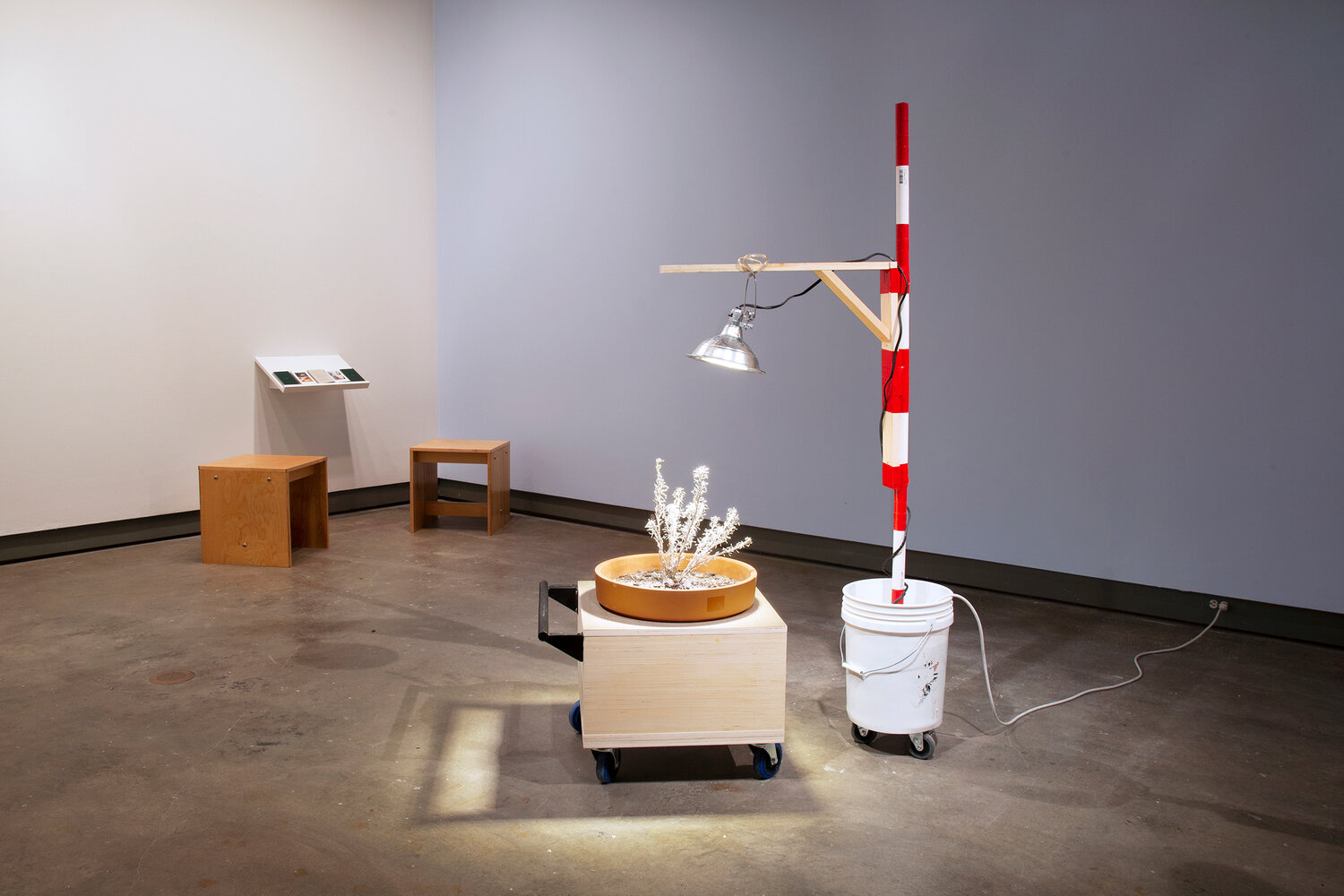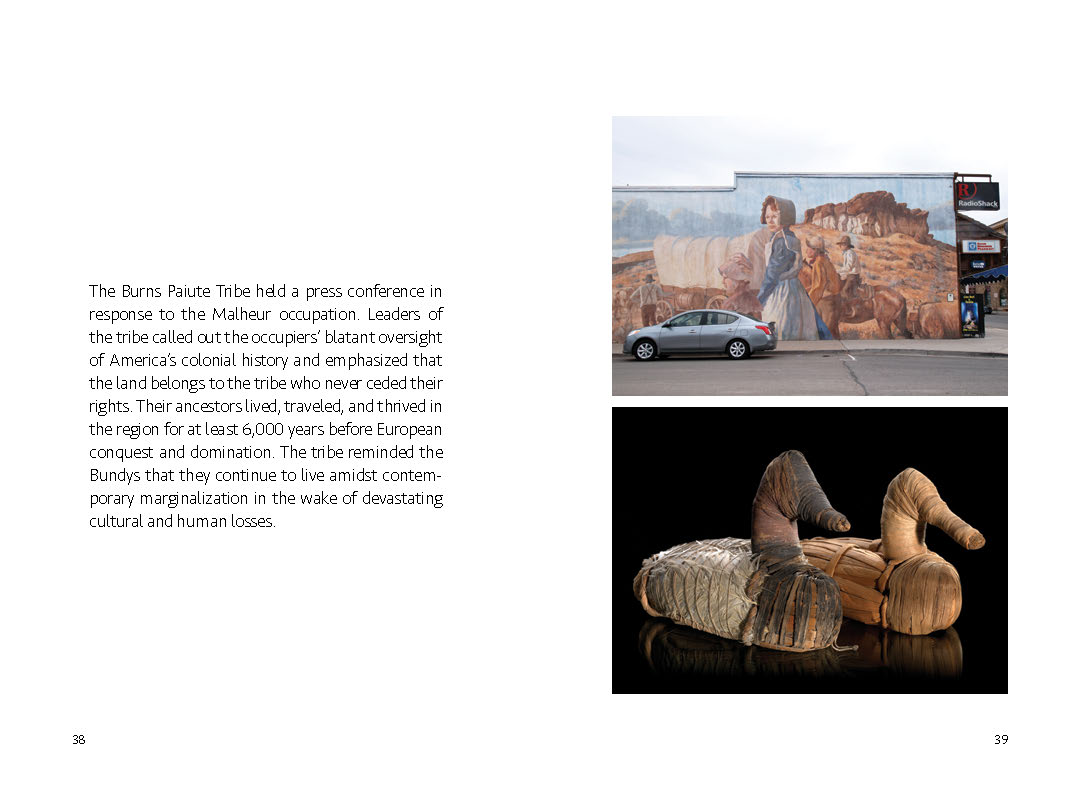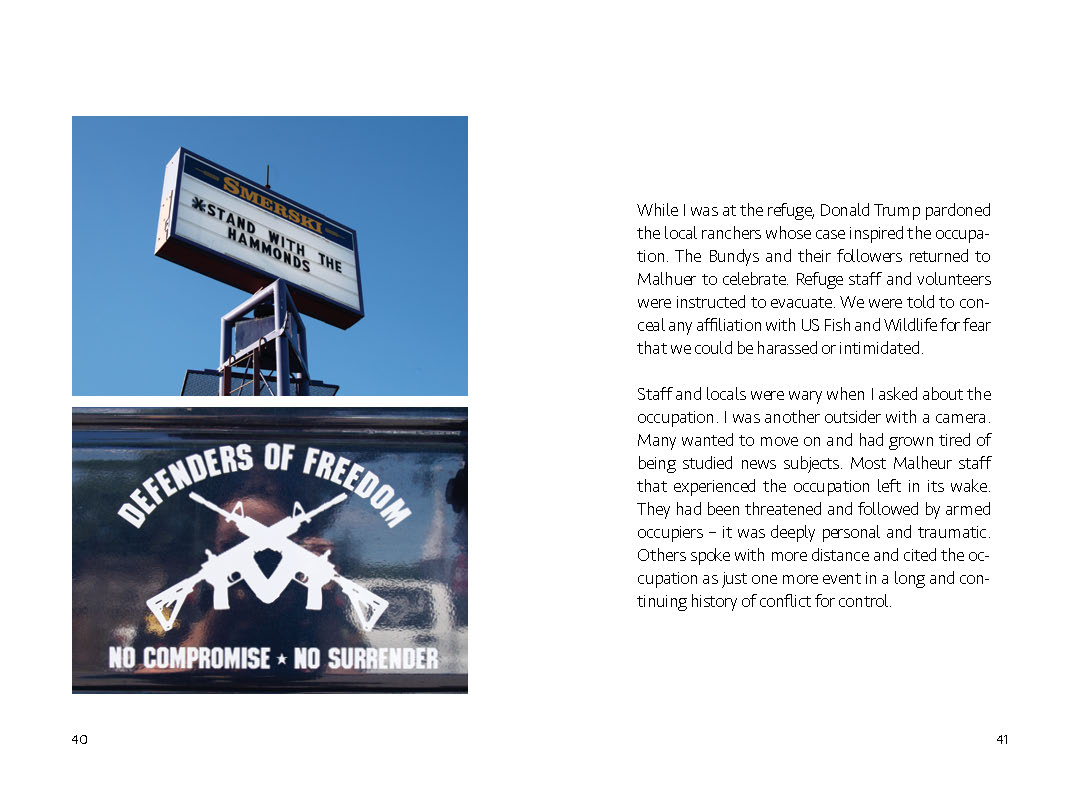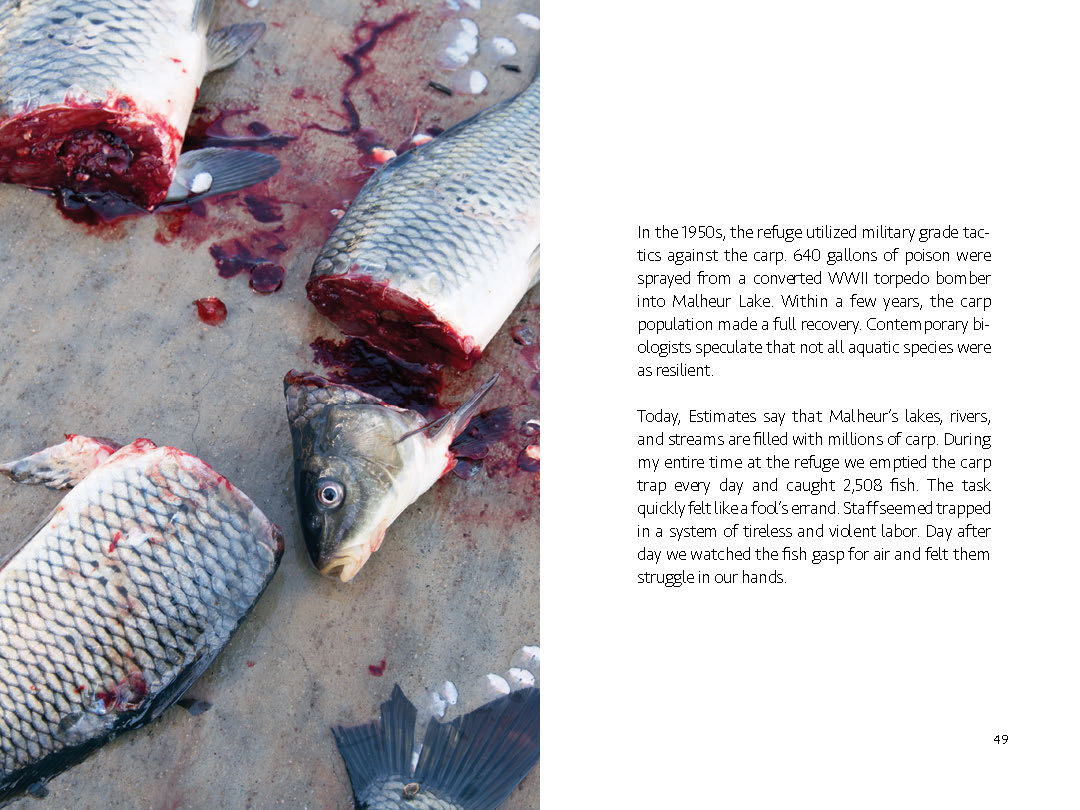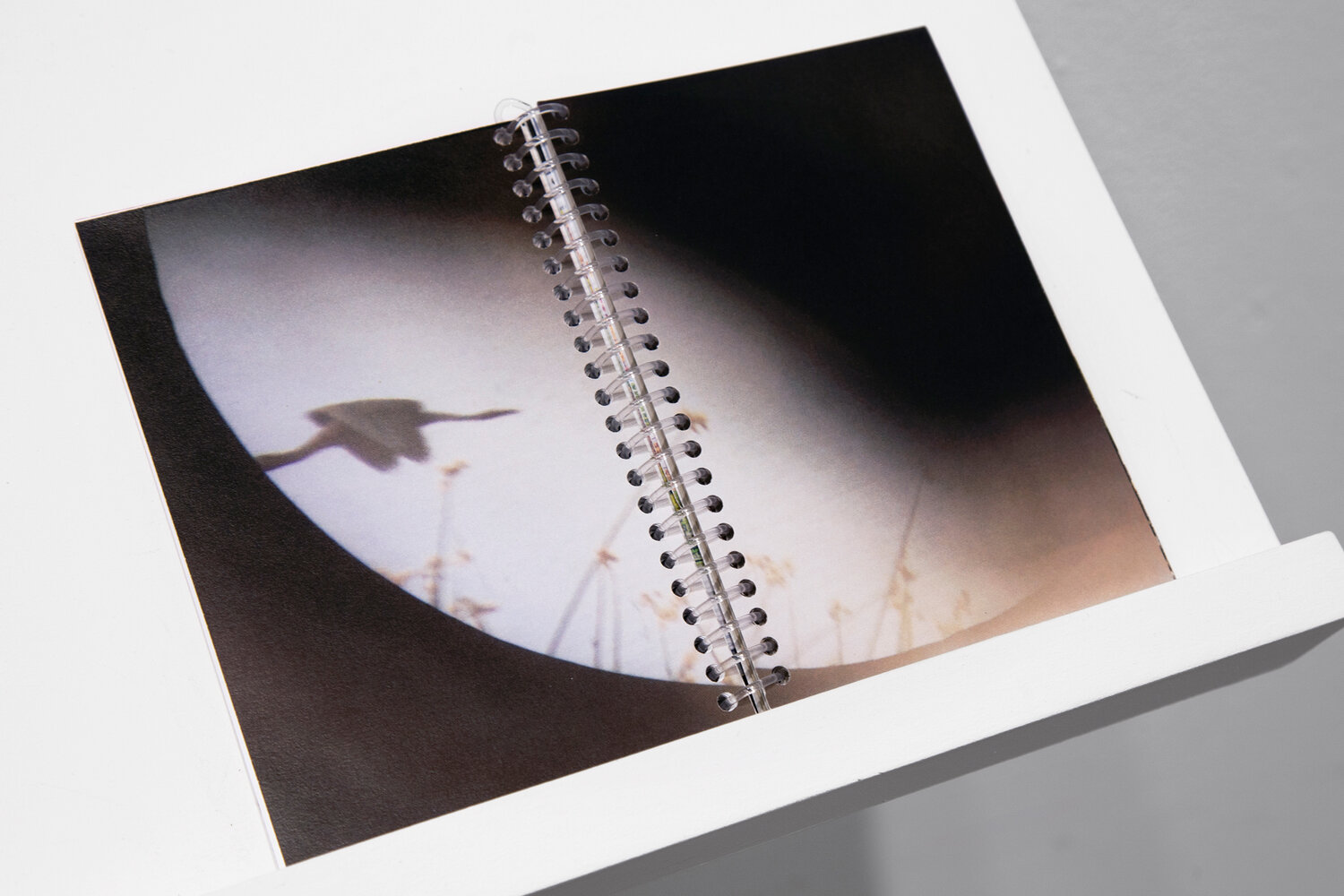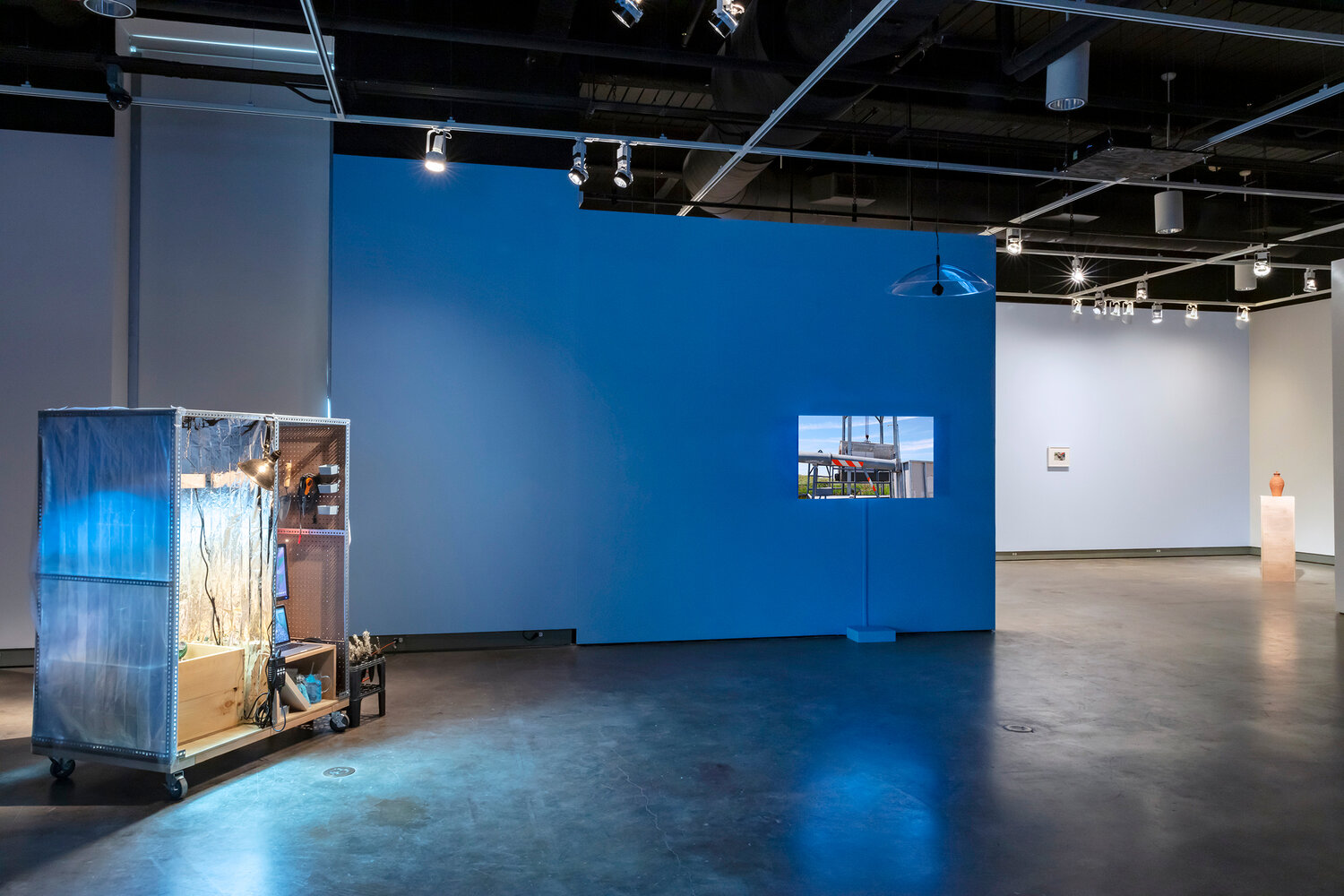Malheur Wildlife Refuge Project Book
Erin Mallea (2019)School of Art MFA student Erin Mallea spent the summer of 2018 working with scientists at Malheur Wildlife Refuge in Eastern Oregon. With the partial support of Microgrant #2019-010 from the Frank-Ratchye Fund for Art @ the Frontier, Mallea developed an artist book that focuses on Malheur as a case study, incorporating writing that layers family history, land-use politics, and human and animal movement to consider the messiness of personal and cultural relationships to land. The book includes Mallea’s photographs, historic images, an interview with the artist’s father about his desire to have his ashes scatted near the refuge, the process of making an urn together, and generational change and care. The book (PDF) is a component of Refuge, an exhibition of works developed in response to Mallea’s time at Malheur.
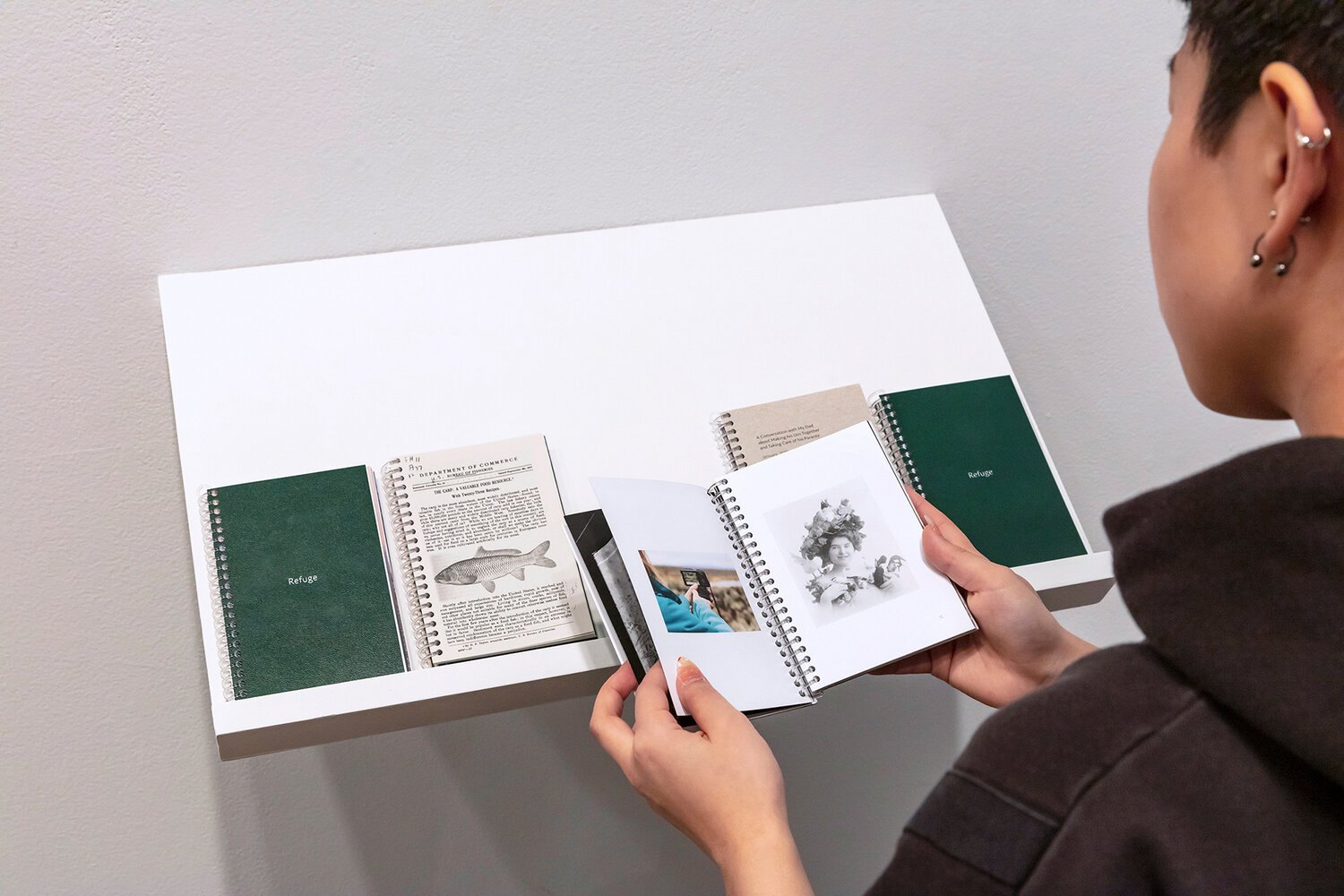
I spent the summer of 2018 working with scientists at Malheur Wildlife Refuge in Eastern Oregon to learn about the land-use history of the region. Established as a bird sanctuary after many populations were hunted to near extinction, the refuge is a crucial stop for thousands of migratory birds. During my childhood, my family often travelled to Malheur to witness the seasonal bird migration. My father wants his ashes scattered there, For years, my siblings and I have known that we will someday make a trip to Malheur in remembrance and grief. Like generations of birds, I am bound to return to the region’s marshes, streams, and sagebrush steppe.
For the last 70 years, staff has been entrenched in a struggle of their own making against invasive fish. Today, many biologists are resigned to a career of human damage control. Some vilify the fish while others see the issue as partially a public relations problem; the defamation of carp, while rooted in the reality of ecological change, is deeply connected to a rhetoric of xenophobia and otherness. While carp are enjoyed as a food source throughout the world and were introduced to the US as such, they have been condemned by many as “trash fish” not worthy of upwardly mobile American palates. Vilification of the fish and the violent means to control them quickly mirrored the region’s history of assimilation and displacement.
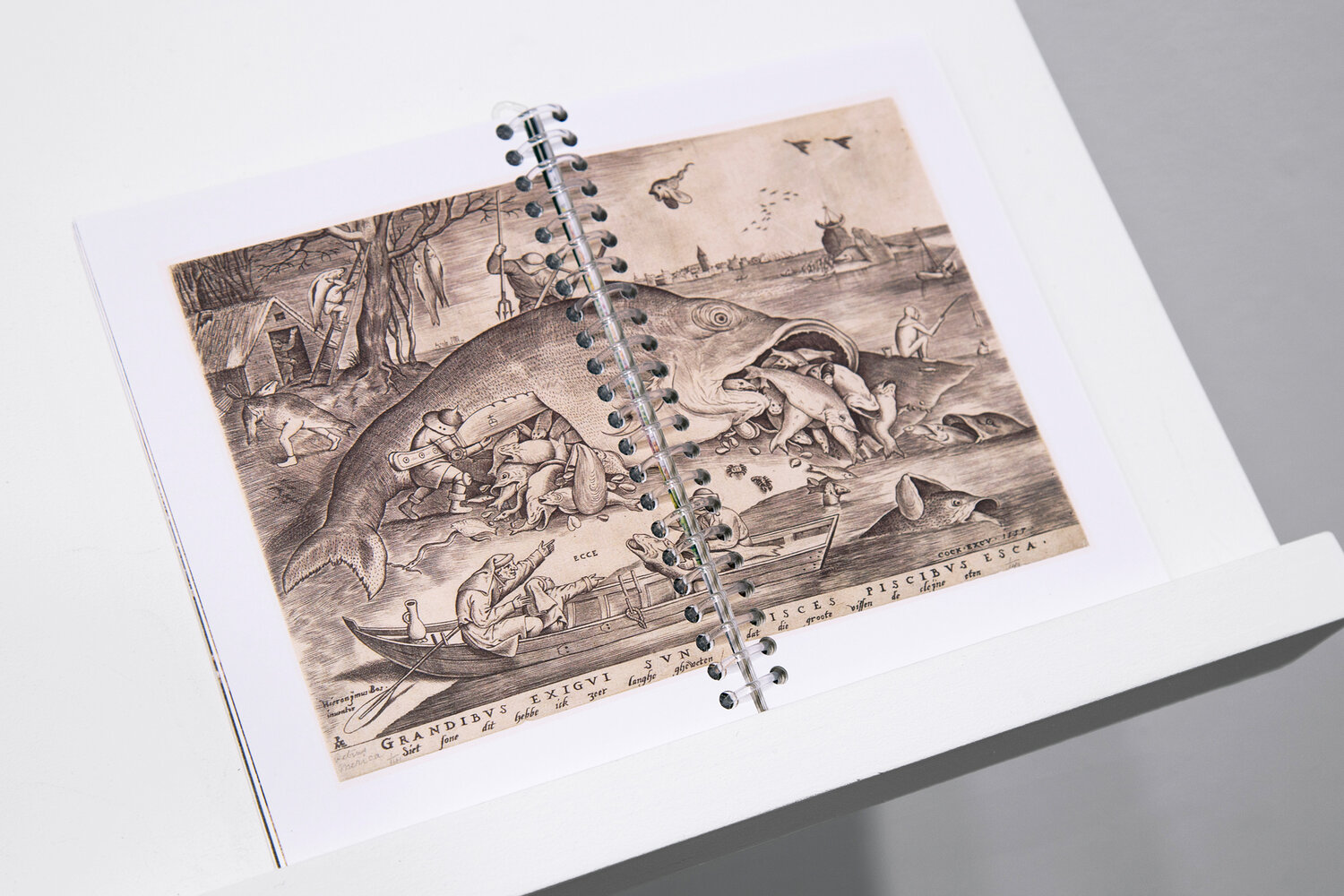
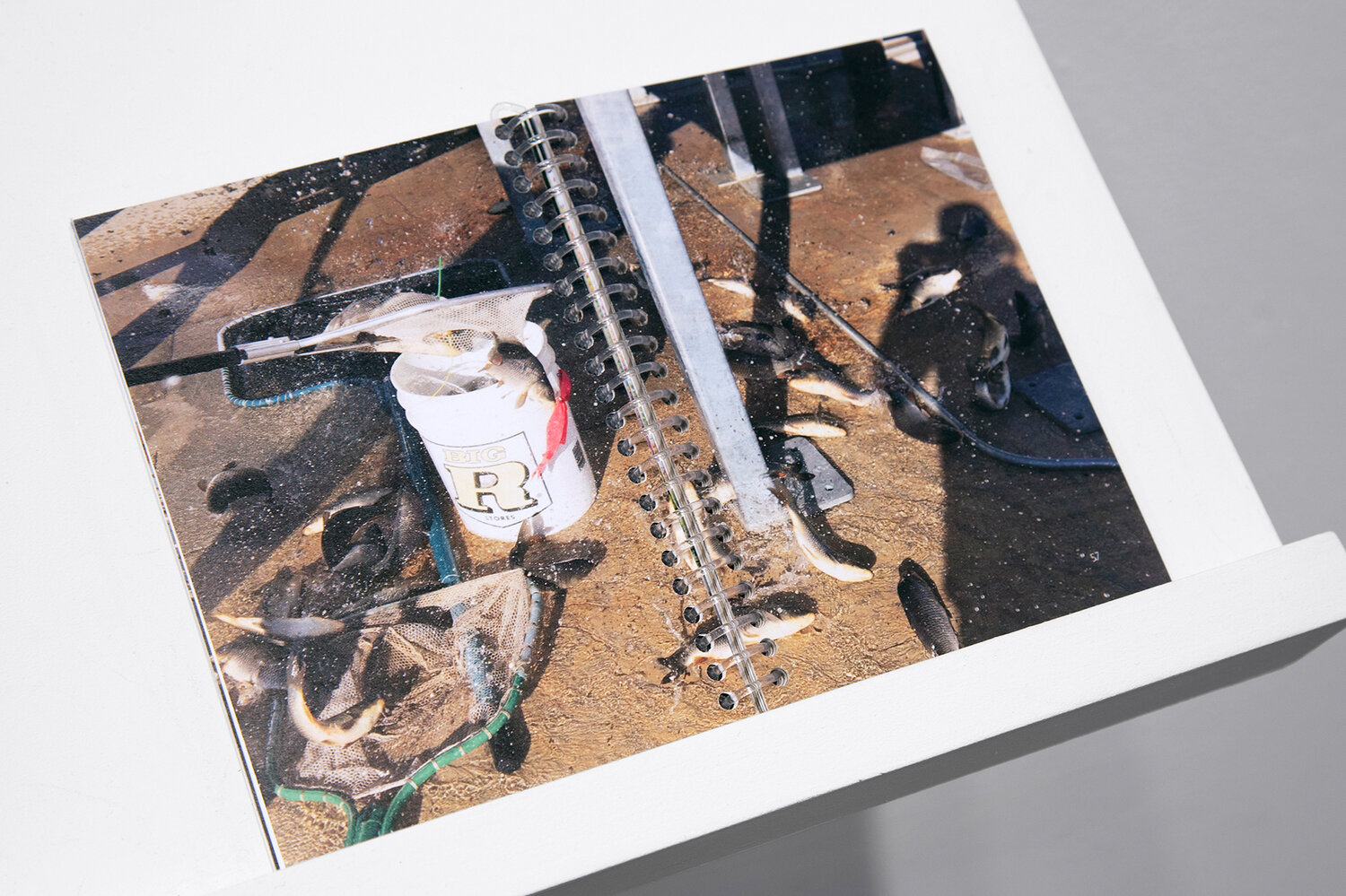
In 2016, Malheur gained national fame when it was occupied by the Bundy family and their heavily armed, right-wing supporters. The occupation exists within a long history of conflict over who gets to control, profit, and define relationships to the land. The region’s history reflects cultural understandings of what is deemed “natural” and valuable and asks who and what become disposable, who is allowed to move freely, whose success is naturalized, and whose is seen as a threat.
The Refuge exhibition includes video, small sculpture, and an artist book (PDF excerpt here) that layer land-use politics, family history, and human and animal migration to muse on larger questions of displacement and ecological and generational change. The exhibition intertwines the deeply personal with the analytical, scientific and poetic to emphasize the intricacies and messiness of personal and cultural relationships to land and environmental stewardship.
